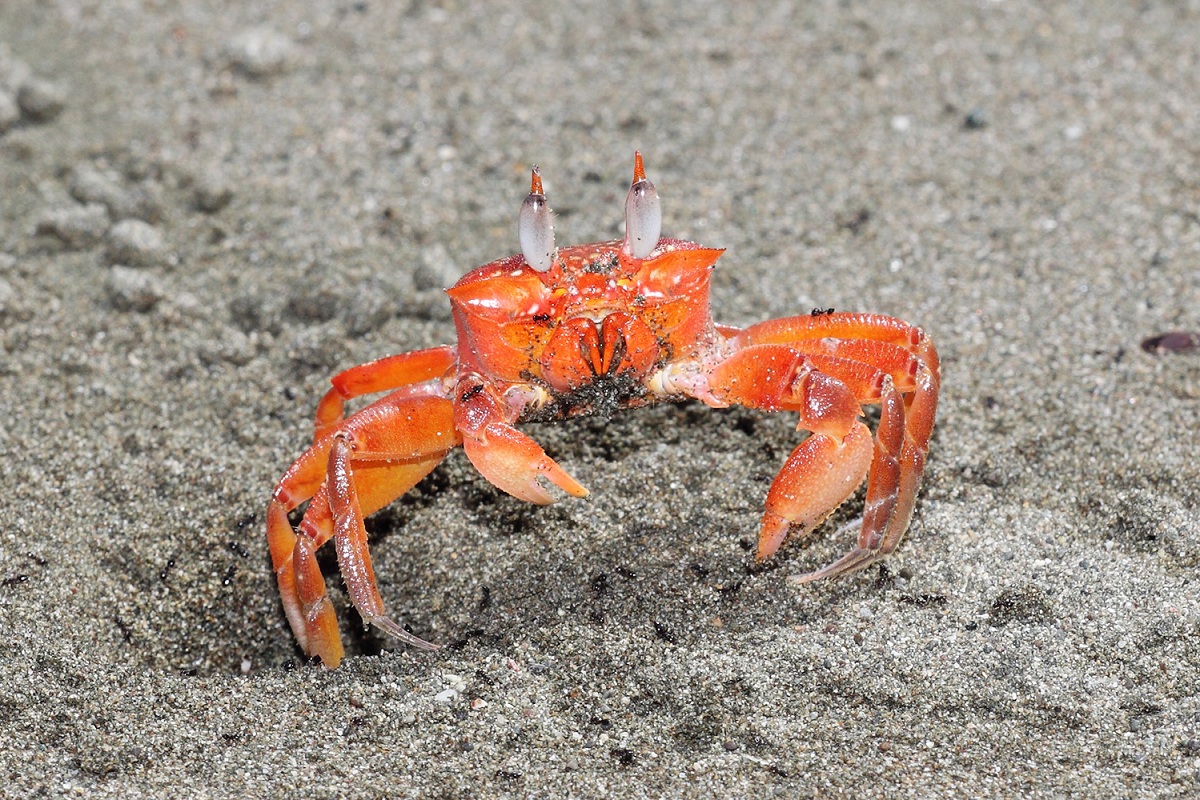
Just as there are crayfish, there are also the sea crabs. These crabs are the stars of this article. There are about 4000 species that we can call crabs and many of them live in the sea. These crabs have different characteristics from those that live in the river because they have to adapt to another type of environment.
In this article we are going to tell you everything you need to know about sea crabs.
Key features
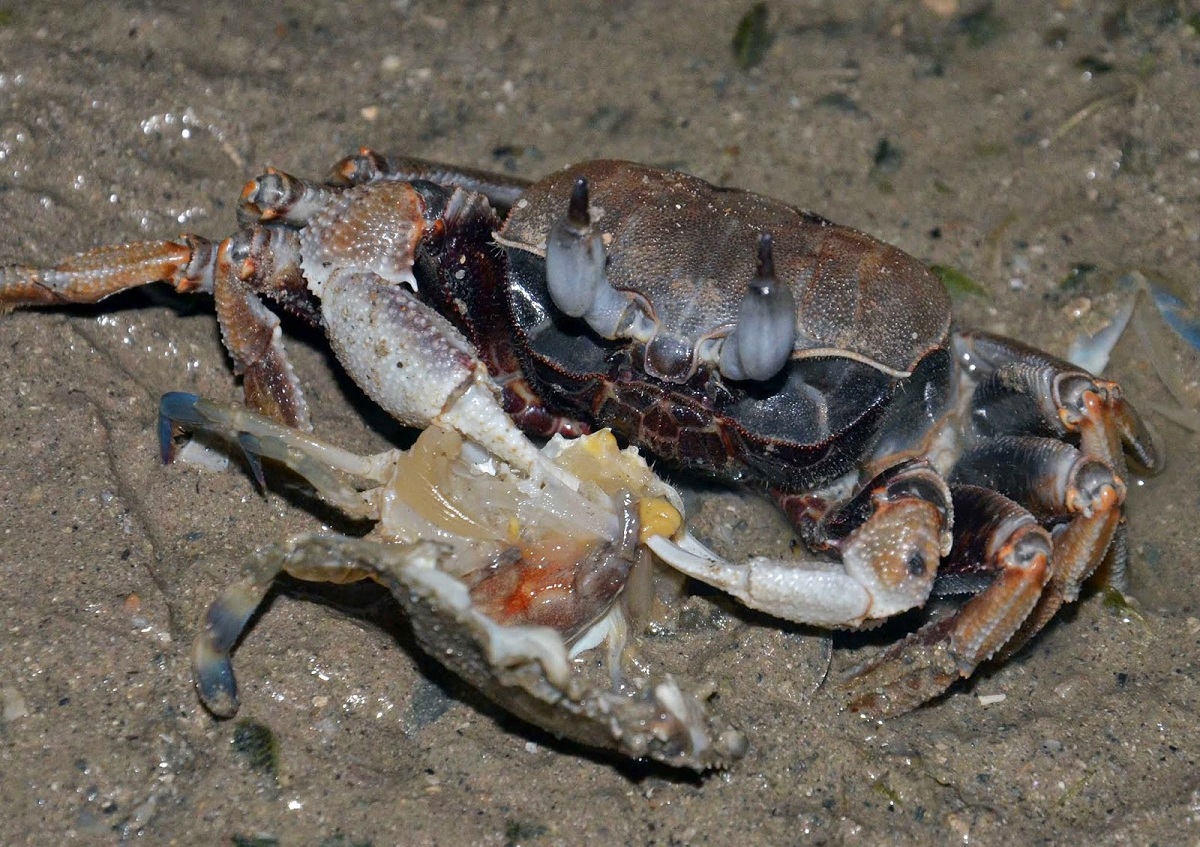
Whether they are from the river frame, the crabs belong to the order of the decapods. This means that they consist of five pairs of legs. On the one hand, we have the legs that are inserted in its abdomen that have evolved throughout history. to become a pair of pliers or pliers. On the other hand we have the rest of the motor legs.
The sea crab has different particular characteristics depending on the species, such as being able to change its size and power in relation to the size of its claws. The main function of the tweezers is to capture, chop and manipulate your food. They also use it to defend themselves from possible predators and to do some courtship rituals for the couple.
They tend to have benthic habits, that is to say, roam the bottom of the sea where they feed, eat and reproduce. Some of these species have developed another model of life itself and they prefer to spend time in more depths. Another characteristic that sea crabs stand out for is that they usually change a bit depending on their species. We have the clear example of hermit crab. When they meet certain weeks, they look towards the shore and replace their shield to adapt to the new size.
A sea crab can adapt to life on land as long as it stays close to shore. They are not usually good swimmers but use their legs to walk and move along the ocean floor. These are called having benthic habits. There are other species of sea crabs such as the coconut crab that it is capable of not only walking, but also climbing palm trees to get its food. This makes them have a great capacity to adapt to new environments and be able to survive well.
Sea crab feeding
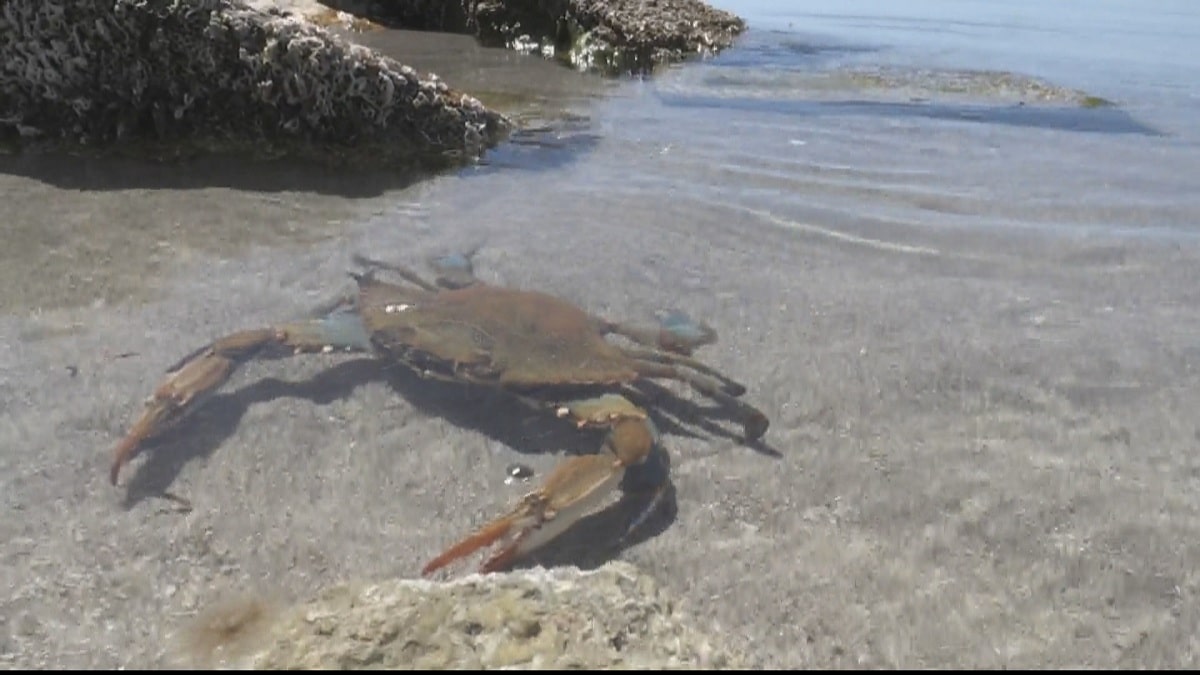
All kinds of crabs have by nature a fully omnivorous diet. That is, they are capable of consuming any type of organic matter, be it animal or vegetable. To feed they have powerful clamps and they are the ones that help them to facilitate both the capture and the handling of their food. These pliers are quite sharp. The bigger the crab, the more powerful and large its pincers become. In addition, they are able to use much more force as the larger the pliers are.
With the tweezers they are used to cut and title food such as small fish, other crustaceans, small creatures and algae. To know well what crabs feed on, it is necessary to know that most of these animals are opportunists. Although they also brown in their own food, they prey on other creatures that are dying or simply become scavengers. Hunting for your own food or food can always get more complicated and risky. Crabs know this very well and are limited to being opportunistic animals.
Sometimes, you can find these animals on the shore of the beach looking even for human waste. There are other marquis crabs that also feed through filtration, that is, taking nutrients together with the soil and water, discarding what they do not need.
Habitat and area of distribution
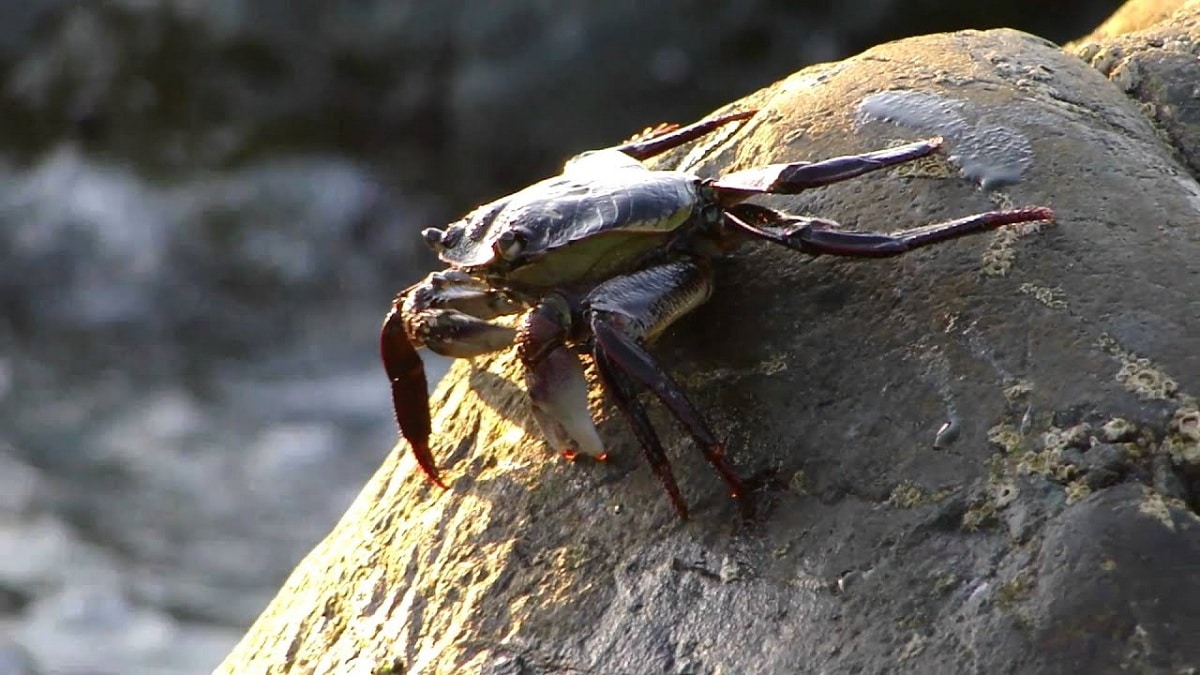
These crabs are found practically all over the world. There is no sea on the entire planet that does not have at least one species of sea crab. Although they do not live for a long time in the same place since they tend to migrate, in all the seas of the world you can see crabs.
They are capable of adapting to almost any type of habitat as long as they meet all its requirements. Since their diet is so versatile, they do not need too many environmental conditions that are favorable to them. If the conditions are moderately acceptable, the most normal thing is that the sea crab adapts quite easily.
You can find them up to five kilometers from the seashore as long as they have the facility to return. They do this in order to have food available in a more effective way. In this places They feed on small worms, crustaceans, algae debris and whatever can be found in the crevices of the rocks. These places are often hidden to stay safe from predators.
Although they are present almost everywhere in the world, most of them are found in the Atlantic Ocean. Above all, we can also find a large distribution area in tropical areas where the water temperature is more pleasant for them since it favors the proliferation of nutrients. They will be able to stay in almost any ecosystem that favors them.
Sea crab threats
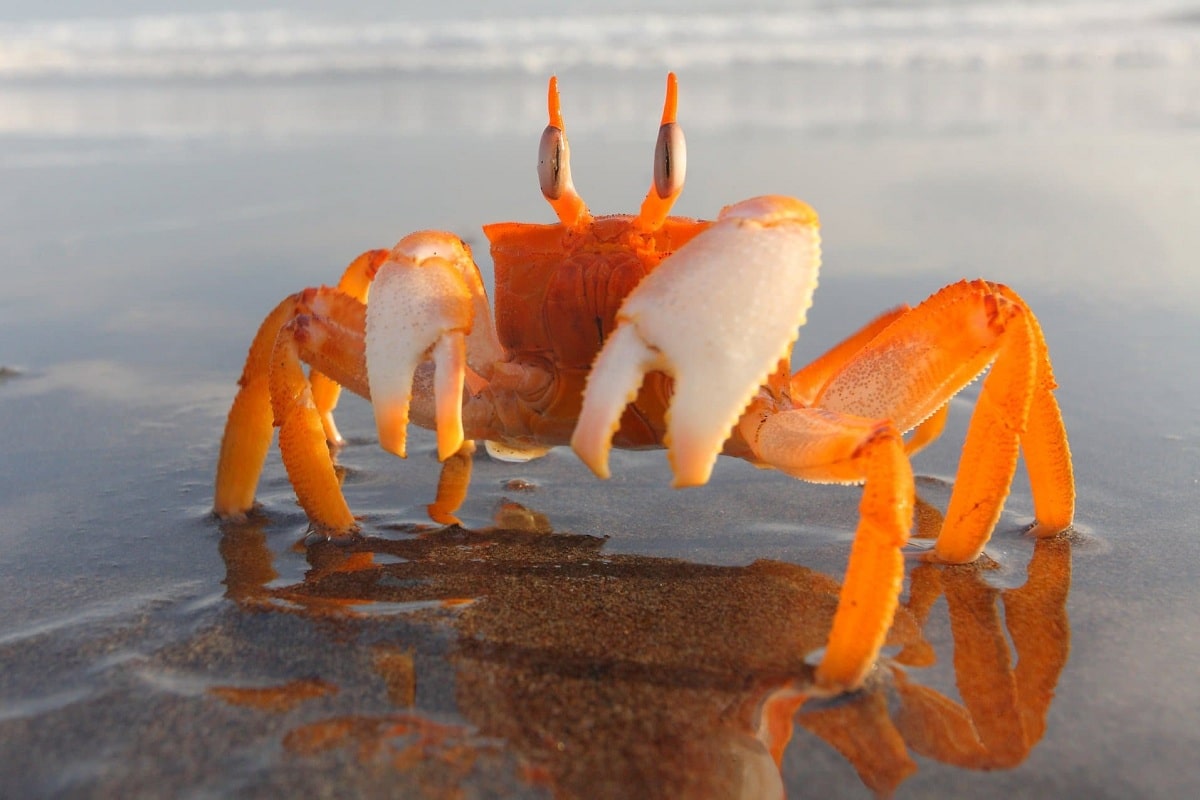
The life expectancy of these animals is more difficult to determine since it has about 4000 species. But nevertheless, the general average is between 3 and 15 years of age. This life expectancy is subject to possible changes in the number of predators or environmental changes. They are generally hunted and eaten by marine animals such as octopuses, sea turtles, dogfish, sharks, otters, and even other larger crabs.
When there is a lack of food they are able to eat each other. This tendency is known as cannibalism. When they go out to the seashore they can also encounter some threats. Their eggs or larvae are also in danger. If they are in the sea, their larvae can be consumed by other animals and if they are on land, it is cats and dogs that feed on them.
I hope that with this information you can learn more about the sea crab.
What a beautiful species !!!